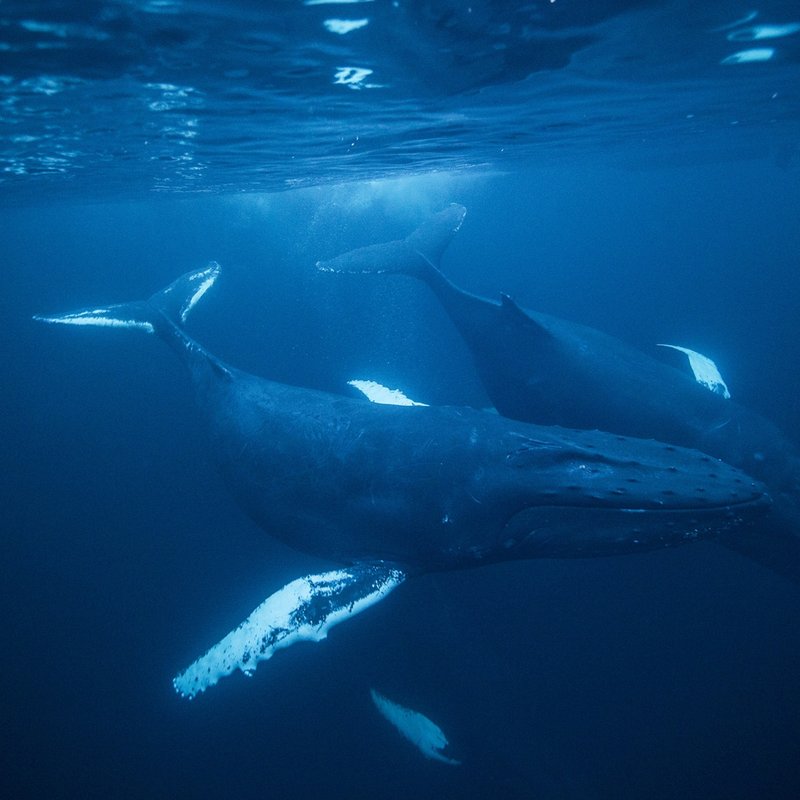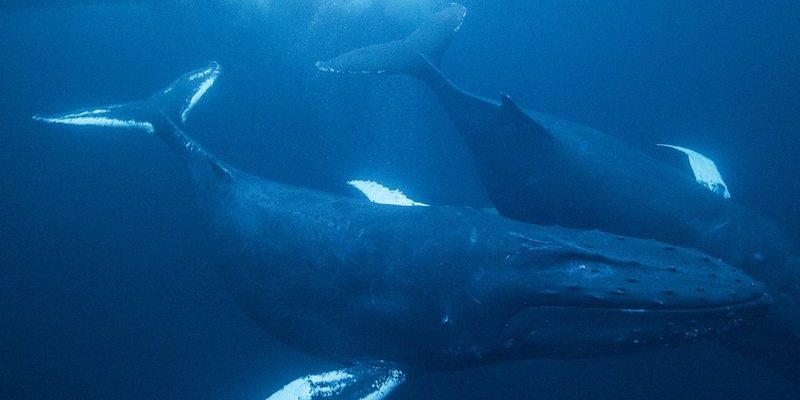
What Are Humpback Whales?
Humpback whales are large marine mammals known for their unique body shape, long pectoral fins, and distinctive hump on their backs. These whales can grow up to 50 feet long and weigh up to 50,000 pounds! Isn’t that incredible? They spend a lot of their time in deep waters, feeding on small fish and krill. During the breeding season, they migrate from colder waters to warmer regions, where they give birth and care for their calves.
You might be surprised to hear that humpback whales are famous for their songs. These complex vocalizations can last for hours and are believed to play a role in attracting mates. It’s like they have their own underwater music festival! Their songs can travel long distances, allowing them to communicate even when they are far apart.
Unfortunately, despite their fascinating nature, humpback whales have faced numerous challenges. These include threats from hunting, ship strikes, and climate change. With their unique behaviors and vital role in the ocean ecosystem, understanding their status is crucial for conservation efforts.
Are Humpback Whales Endangered?
Luckily, the situation for humpback whales has improved in recent years! Once classified as endangered due to extensive whaling in the 20th century, they are now listed as “least concern” by the International Union for Conservation of Nature (IUCN). This change reflects the success of conservation efforts over the past few decades.
However, just because they aren’t classified as endangered doesn’t mean they are completely safe. They still face numerous threats. Climate change is a major concern, as it affects the availability of their food. Additionally, entanglements in fishing gear and collisions with boats can still pose serious risks. So, while their numbers are rebounding, there’s still quite a way to go.
It’s important to remember that the health of humpback whales reflects the overall health of our oceans. These whales play a vital role in marine ecosystems, helping to maintain balance in food webs. Protecting them is not just about saving a single species; it’s about preserving the ocean environment itself.
Key Threats to Humpback Whales
Humpback whales may have seen improvements in their population numbers, but they still face some significant challenges. Here are a few of the key threats that continue to impact their well-being:
- Climate Change: The changing climate affects ocean temperatures and currents, which in turn affects the availability of prey. As their food sources fluctuate, it becomes harder for humpbacks to find enough to eat.
- Pollution: Chemicals and plastics in the ocean can accumulate in whale bodies, leading to health problems. Marine debris can also entangle whales, causing injuries or fatalities.
- Ship Strikes: As human activity in the oceans increases, the risk of collisions with large vessels rises. These strikes can lead to severe injuries or death for humpback whales.
- Fishing Gear Entanglement: Humpback whales can become entangled in nets and lines, which can prevent them from swimming freely, feeding, or even breathing.
Each of these threats can have a cascading effect on whale populations. For instance, if climate change impacts their feeding grounds, it can lead to reduced reproduction rates. It’s a cycle that needs to be addressed for the sake of their future.
Current Conservation Efforts
Conservation efforts for humpback whales have gained momentum over the years. Many organizations are working tirelessly to protect these magnificent creatures and their habitats. Here are a few initiatives making a difference:
- Protected Areas: Establishing marine protected areas helps ensure that humpback whales have safe spaces to feed, breed, and nurture their young. These zones are crucial for minimizing human interference.
- Research and Monitoring: Scientists are conducting ongoing research to track humpback whale populations and behaviors. This information is essential for developing effective conservation strategies.
- Awareness Campaigns: Education plays a key role in conservation. Many organizations run campaigns to inform the public about the importance of protecting humpback whales and how individuals can help.
- Legislation and Policy Changes: Advocating for stricter maritime laws can help reduce ship strikes and fishing gear entanglements. Stronger regulations can have a lasting impact on protecting these whales.
The collaboration between governments, nonprofits, and individuals helps create a better future for humpback whales. While there is still work to be done, it’s encouraging to see how efforts are making a difference.
How You Can Help Humpback Whales
You might be wondering, “What can I do to help?” There are actually several simple yet effective ways that anyone can contribute to the conservation of humpback whales:
- Support Ocean Conservation Organizations: Contributing to nonprofits focused on marine conservation can fund essential research and protection efforts.
- Reduce Plastic Use: Limiting single-use plastics helps cut down on ocean pollution. Every little effort counts in keeping the oceans clean!
- Practice Responsible Boating: If you’re on the water, always follow guidelines for safe boating. Keep a safe distance from whales and be mindful of speed limits to avoid collisions.
- Spread the Word: Share information about humpback whales and their conservation. Engaging friends and family can create a ripple effect of awareness and action.
Remember, every action counts! By being informed and making small changes in our daily lives, we can contribute to the protection of these amazing creatures.
The Future of Humpback Whales
Looking ahead, the future of humpback whales really depends on our actions today. With the right conservation measures in place and greater public awareness, there’s hope for these magnificent animals. Their populations are recovering, but challenges still loom.
Protecting the ocean where they roam means a brighter future for them. As we become more conscious about our impact on the environment, we can help support healthy ecosystems. Together, we can ensure that future generations get to experience the wonders of humpback whales.
So next time you hear a humpback whale’s song or read about their majestic migrations, remember the vital role they play in our planet’s health. With continued efforts, we can keep their beautiful music playing for years to come.
In conclusion, understanding the status of humpback whales and the ongoing conservation updates helps us appreciate these incredible creatures. So, let’s keep the conversation going and do our part in the shared responsibility of safeguarding our oceans!

